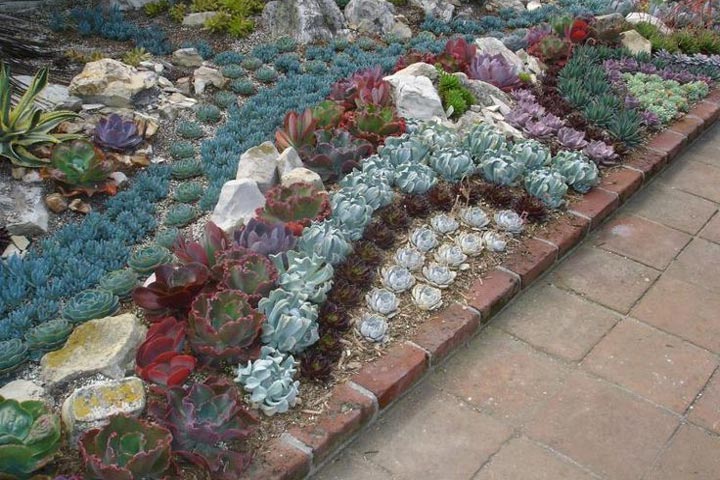
Planting the Rock Garden
It is the marvellous range of suitable plants that is the reason for wanting a rock garden, then the answers will be different from those already outlined. The rocks will now be less important. They may set the scene or provide desirable niches for certain plants to nestle into but they do not need to be the dominant feature.
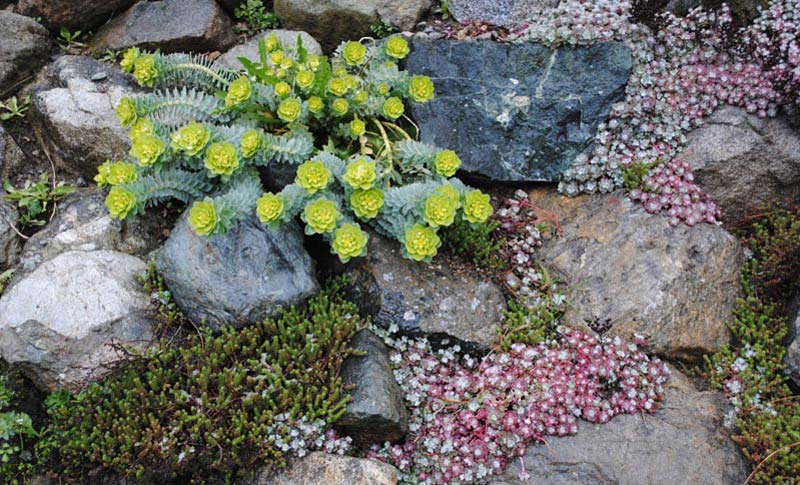
The simplest method for rock gardening is merely to use a narrow border, such as that separating the front lawn from the drive, or an isolated area as a ‘rock bed’. Little has to be done to make it acceptable to many choice plants. But first some knowledge of the plants’ requirements is necessary.
The plants grown in rock gardens are, of necessity, small and are apt to be lumped together under the general title of ‘alpines’. This, unfortunately, is a misleading error. Many are from mountainous regions like the mat forming aubrieta and androsace, and the rosettes of the saxifrages and ramondas. But a large number of dwarf rock garden plants are from hot, dry, southern hillsides where their dwarfness is obviously due to different conditions. These include small bulbs such as tulips, hoop-petticoat daffodils and low aromatic shrubs.
The reason why many of these plants from very different habitats will do well together is that both Mediterranean plants and high mountain plants enjoy maximum sun and light; but the latter do not tolerate drought conditions as well as the others. Nonetheless good soil drainage is essential.
The spot chosen should get as much sun as possible. If the soil is at all heavy it will be necessary to improve the drainage. This is done by digging out an area one foot deep and mixing in a layer of stones, broken bricks or gravel into the subsoil. The top soil is then improved by adding moss peat and grit before returning it to the bed.
Inevitably this treatment raises the bed and this in turn makes sure that winter rains do not hang about to damage the plants. It also produces something of a bank into which a small number of rocks can be laid to set the scene.
The real effect is produced by the growth of the plants which will cover the area in about two years. This is why, with a good choice of plants, a rock bed can give so much pleasure once it has been established, needing little further work or monetary outlay despite the initial effort.
Arrangement of plants should be on the same basis as in the main garden. Points of emphasis are made with dwarf conifers to give all-the-year-round effect. These are sports of junipers, pines and other forest conifers which remain small, taking decades to reach a height of 1.5 to 2m (5 to 6ft). Never plant quick-growing conifers for immediate effect, they will ruin everything. Dwarf shrubs such as certain cotoneasters or brooms can spread over walls or rock faces and dwarf bulbs can push up through the mats of colourful ground cover plants.
Do not be in a hurry for an overnight effect, or the most rampant aubrieta and alyssum will swamp the more delicate subjects.
How to Start a Rock Garden – Read Here

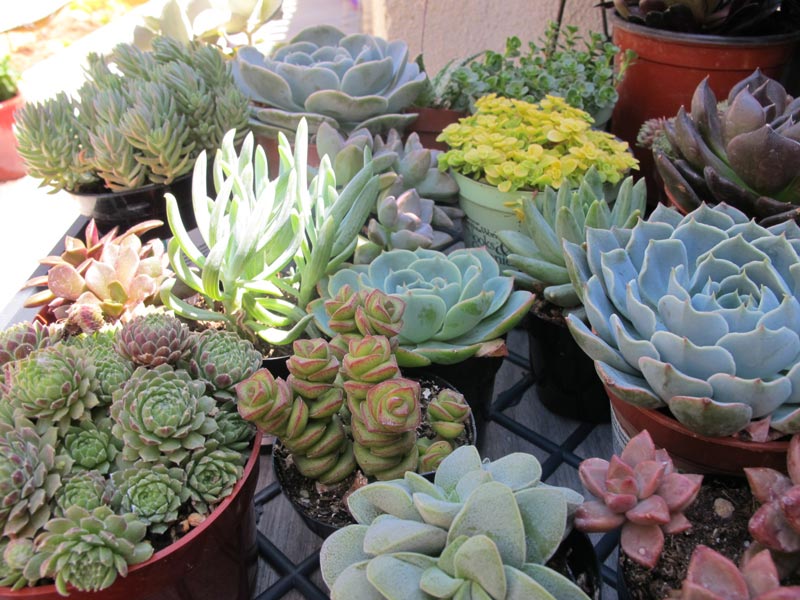
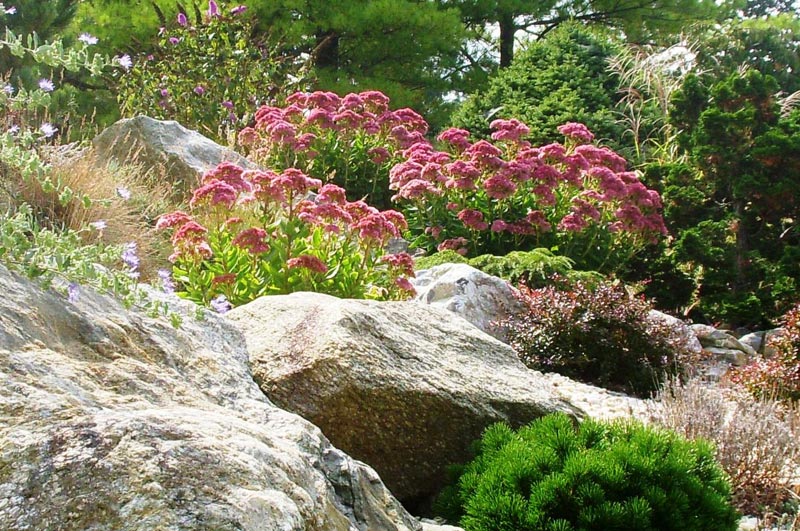
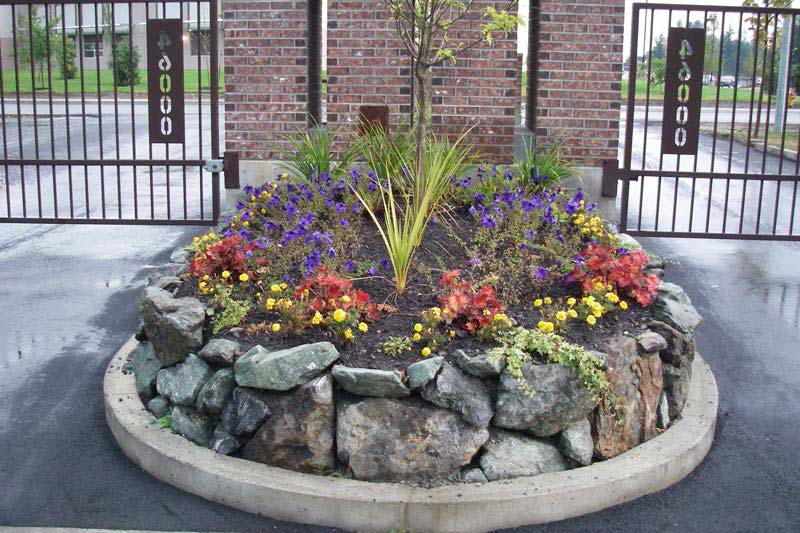
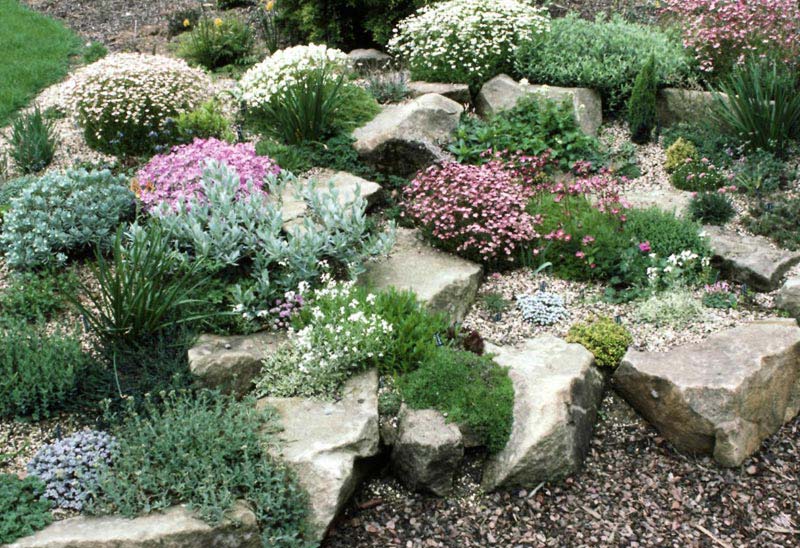

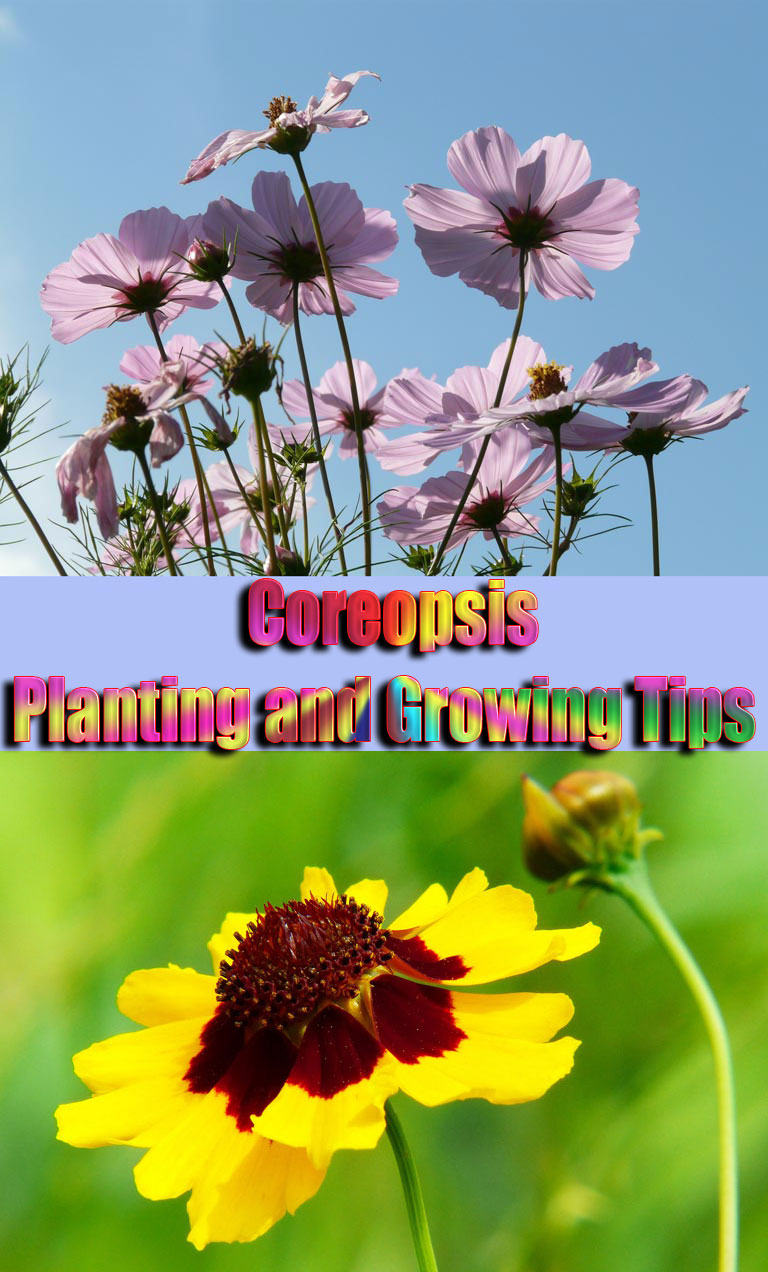
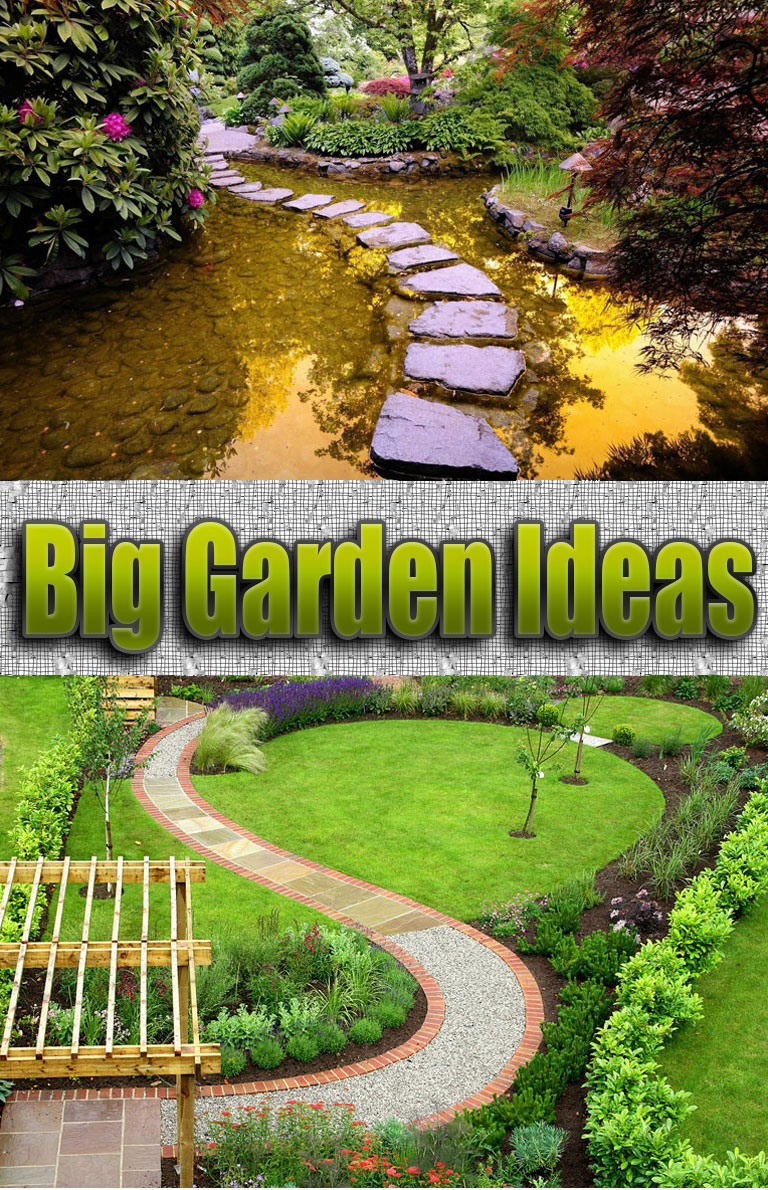
Leave a Reply